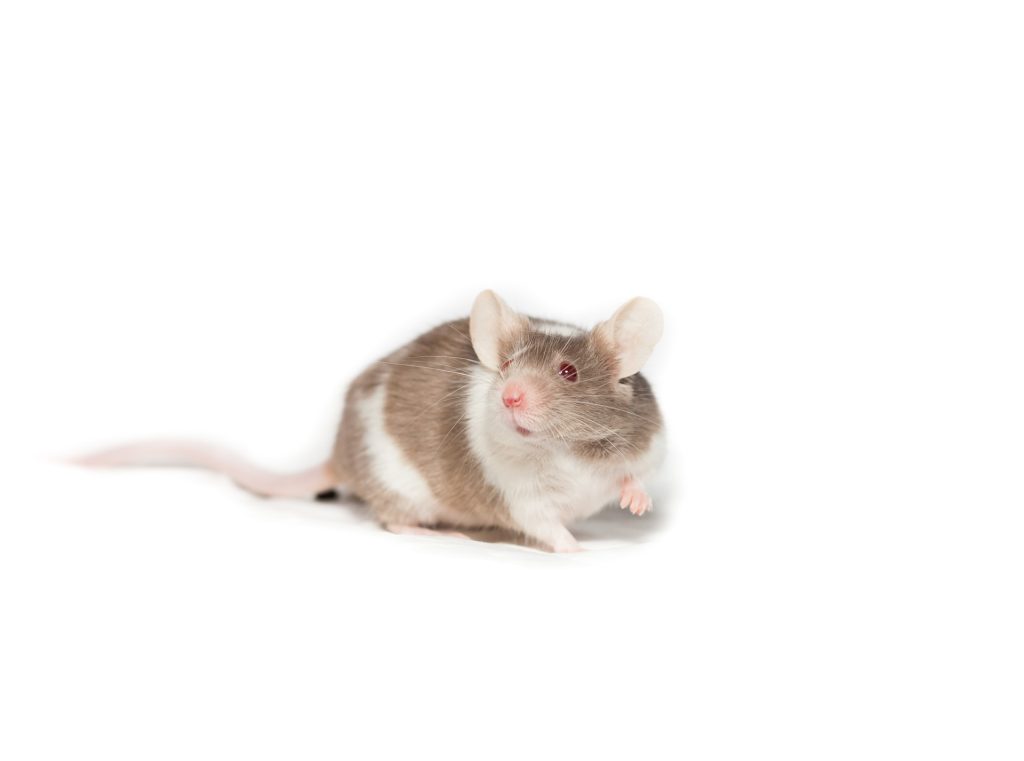
For the first time, mice have been born from gametes that have been created entirely from stem cells, marking the beginning of a revolutionary new reproductive option.
The experiment is the brainchild of Dr Katsuhiko Hayashi of Kyushu University, who has led the pursuit of making gametes outside of a living body. If adapted for humans, these wild reproductive pursuits are bound to shake up our entire conception of the beginning of life, similar to the way “test-tube” babies did when in vitro fertilisation (IVF) was first introduced.
Dr Hayashi dreams of even bigger possibilities; since stem cells can be rapidly created from skin or other cells, they are an endless source of raw material to make sperm and egg cells. These gametes, if fully functional, can merge into a zygote inside a test tube, be transplanted into a surrogate, and birth a new generation without ever seeing testes or ovaries.
Though still far off for humans, in vitro gametogenesis, or IVG, has great potential. Researchers can use these lab-grown models to better understand how reproductive cells form and mature. For couples struggling to conceive, or people who’ve lost reproductive function due to diseases like cancer, IVG would offer a new route towards pregnancy. Same-sex couples could also potentially conceive children with their own genetic makeup. There are many possibilities, and a wide range of ethical problems.
The basis of the technology uses induced pluripotent stem cells (iPSCs), which can be nudged in any direction, including sperm and egg. Back in 2011, Dr Hayashi showed that by bathing stem cells in a particular chemical soup, his team was able to produce sperm cell precursors, with the capacity to turn into functional sperm.
In 2016, the team achieved the same with eggs in mice, mimicking the entire process of how ovaries make eggs – which were used to produce healthy pups. However, eggs made in a test tube couldn’t develop naturally outside the ovary. Fresh ovarian tissue from mice was needed, creating an obvious challenge for fertility treatments in humans.
In the current study, the team focused on the support cells that normally encapsulate a developing egg. These support cells thrive inside the ovary, secreting hormones and nutrients that help support the metabolic needs of an egg – a crucial step, which includes forming ovarian follicles for the eggs to mature in.
These ovary-supporting cells can also be made from stem cells if the right chemical keys are used, and so after five years Dr Hayashi figured out those keys. Many of them sport fanciful names like ‘sonic hedgehog‘ (SHH), but most of these proteins belong to the morphogen family, in that they can morph the physical structure and identity of a tissue.
After dousing stem cells with this soup, the cells differentiated into foetal ovary supporting cells, with a gene expression profile closely mimicking that of their natural counterparts.
Next, the researchers added precursor immature egg cells, also made from stem cells. Together, the cells coalesced into tiny ovarian follicles, with support cells forming a bubble wrapping the developing egg. The eggs were then fertilised with sperm, transplanted into surrogate mouse mothers, and after normal pregnancies, resulted in about a dozen healthy pups. Those mice eventually gave birth to babies of their own.
The artificial ovary produces mature eggs less effectively than its natural counterpart, suggesting there’s still much to be learned about this stage of reproduction.
Application of this technology to assisted reproduction in humans is still decades away: human reproductive cells take far longer to mature than those in mice, and likely require different supporting nutrients for the sperm, egg, and surrounding tissue.
The team is now testing their chemical soup in marmosets, to be followed by primates.
Currently no laws or ethical frameworks deal with IVG, since the technology is so new.
Dr Hayashi is taking it step by step, and welcoming public discourse before even considering any clinical use. The first step, he said, is verifying the quality of the stem-cell derived eggs, adding, “That could take a long, long time.”
Source: SingularityHub

